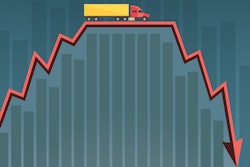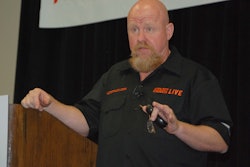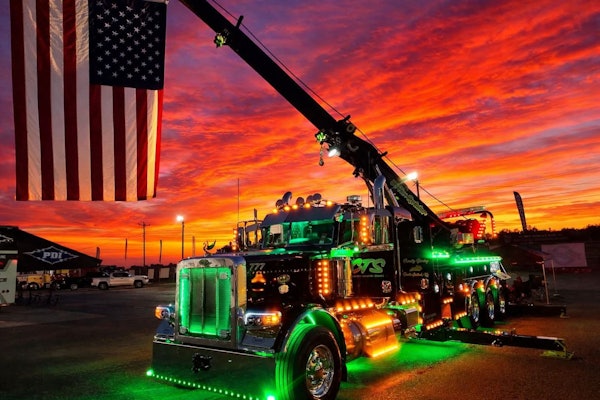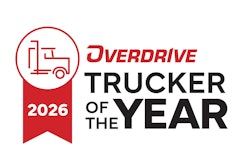Certain trucking issues linger for decades, resurrected every few years by some lobby until familiar arguments push them back to the sidelines. Think longer trailers, heavier trailers, younger drivers, higher speed limits.
Tolling interstates is another seasoned punching bag, but some of the old arguments against it are beginning to soften. A new study from the Reason Foundation argues that replacing state fuel taxes with vehicle miles traveled fees – a form of tolling, but fairer in the sense of a user fee – is the best way to pull highway funding out of its death spiral.
 Replacing interstate highways’ per-gallon revenue with per-mile revenue could help establish a dependable source of funding.
Replacing interstate highways’ per-gallon revenue with per-mile revenue could help establish a dependable source of funding.How bad is it? Another in-depth report, released in December by the Transportation Research Board, says that not only is interstate highway maintenance woefully behind, but much of the system has reached its lifespan and soon will need total replacement. The cost would run in the trillions of dollars.
The foundation report agrees, but finds TRB’s call for a 60% increase in federal fuel taxes, with a target of investing $57 billion a year, inadequate. Not to mention politically impossible.
Since the federal fuel tax was last raised in 1993, continual improvements in fuel economy have weakened the Highway Trust Fund. Now each new electric or hybrid vehicle puts a tiny nail in the coffin of funding based on carbon fuels.

Perhaps the biggest objection to tolling is double taxation, which is addressed in the foundation’s report. It recommends Congress offer to exempt any state from the 1956 bans on interstate tolling and commercial rest areas if the state agrees to certain conditions. Among them:
- Toll revenues would be used strictly for highways in the state where they’re collected. No diversions.
- No tolls would be levied for any project until it’s complete, so that payers can see the results.
- Toll rates must be consistent for in-state and out-of-state highway users to prevent inequities.
- Rebates of state fuel taxes would be offered for anyone paying mileage fees. This is how Oregon’s voluntary VMT program (separate from its weight-mile commercial tax) avoids double taxation.
Oregon isn’t the only VMT testing ground. I spoke with the author of the foundation report, Robert Poole, who noted that the 2016 FAST Act highway bill funded VMT pilot projects for seven or eight states. Another eight states on their own are looking into using toll revenues to pay for rebuilding and widening aging interstate segments.
Another big objection to tolling: Traditional systems’ operational costs have been as much as 30% of the revenues. However, an electronic VMT system’s costs would be comparable to the 1-3% cost of collecting fuel taxes. Newer toll facilities already automate collections.
One major objection to tolling interstates remains: It can force users onto alternate roads, creating congestion, safety problems and premature road wear. It’s a problem with no easy answer other than setting low toll rates, but keeping the worn-out fuel tax on life support appears to offer no answer at all. It’s past time to look at alternatives.










